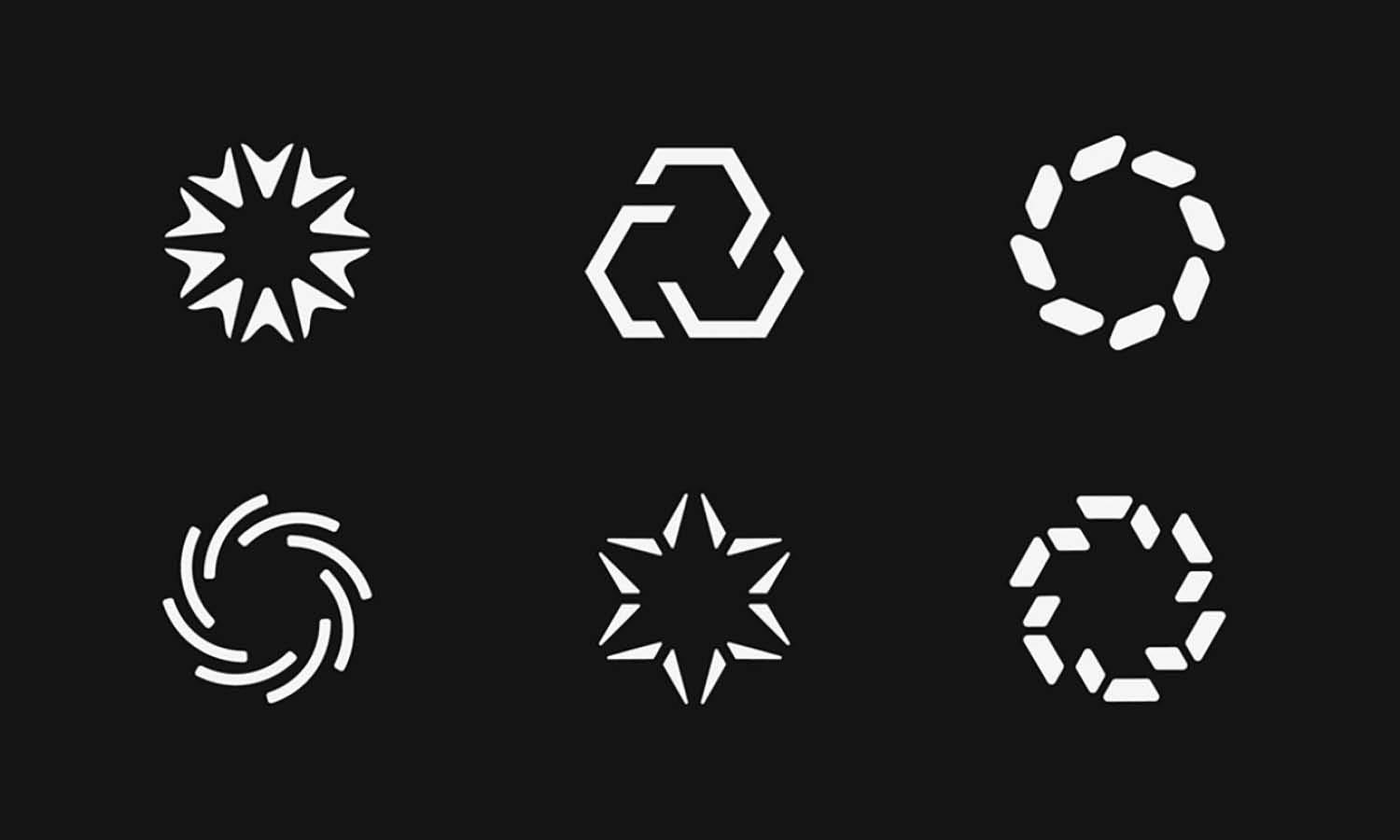Wooden Beehives and Thermal Beehives: Choosing the Right Home for Your Bees

When it comes to beekeeping, the type of beehive you choose can make a big difference in the health and productivity of your colony. Two of the most popular options among beekeepers today are wooden beehives and the modern thermal beehive. Both are designed to protect the bees, but they work in slightly different ways. Understanding the advantages and differences between these two hive types can help you make the best decision for your bees and your beekeeping goals.
The Traditional Wooden Beehive
For centuries, wooden beehives have been the standard in beekeeping. They are typically made from durable woods like pine, cedar, or fir. Wooden hives have a natural ability to “breathe,” allowing air to circulate and moisture to escape. This is important because bees thrive in an environment that’s dry and well-ventilated.
Wooden hives are also easy to repair or customize. Beekeepers can add or remove boxes, replace damaged parts, and even paint the exterior to match their surroundings. Many beekeepers love wooden hives for their classic appearance and natural feel. They blend beautifully into the landscape and create a traditional look that connects modern beekeeping with its long history.
However, wooden beehives do have some drawbacks. Wood can absorb moisture, swell, or crack over time, especially in harsh weather. In hot climates, wooden hives can heat up quickly, while in cold areas they may lose heat faster. Beekeepers must regularly maintain and protect the wood with paint, oil, or weatherproof coatings.
Despite these challenges, many professionals and hobbyists still prefer wooden hives for their simplicity, affordability, and proven effectiveness.
The Modern Thermal Beehive
In recent years, technology has brought new innovations to beekeeping — one of them being the thermal beehive. This type of hive is made from insulated materials such as high-density foam, polypropylene, or other thermal composites. The main purpose of a thermal beehive is to maintain a stable temperature inside the colony, no matter the weather outside.
Bees are highly sensitive to temperature changes. During cold winters, they need warmth to survive, and in hot summers, they require a cool space to prevent overheating. A thermal beehive helps regulate these temperature extremes by reducing heat loss in winter and minimizing heat absorption in summer.
As a result, the bees expend less energy trying to control the hive’s internal temperature. This can lead to stronger colonies, improved honey production, and lower winter mortality rates. Another benefit is that thermal beehives require less maintenance than wooden ones. They don’t rot, crack, or absorb moisture, and they’re lightweight — making them easier to handle during inspections or transport.
Many commercial beekeepers are switching to thermal hives because of these advantages. Studies and field tests have shown that colonies in thermal hives often start brood rearing earlier in spring and maintain higher population levels throughout the year.
Comparing Wooden and Thermal Beehives
Choosing between a wooden beehive and a thermal beehive depends on your local climate, budget, and personal preferences.
If you live in an area with mild weather and enjoy the traditional feel of woodworking, a wooden hive might be ideal. It’s also a great choice for beginners who want to learn the basics of hive management.
If you’re in a region with extreme temperatures or want to maximize efficiency and colony performance, a thermal beehive is a strong option. The insulation helps reduce stress on the bees, which can translate into healthier colonies and more honey.
Environmental Impact and Sustainability
Both hive types have environmental benefits when used responsibly. Wooden beehives are made from renewable materials and can last for years if properly maintained. They can also be recycled or repaired easily. On the other hand, thermal beehives use modern materials that are often recyclable and extremely durable, reducing the need for frequent replacements.
Some manufacturers now combine the best of both worlds — creating hybrid hives with a wooden exterior and a thermal inner lining. This design keeps the natural look of wood while offering the insulation benefits of a thermal system.
Final Thoughts
Whether you choose a wooden beehive or a thermal beehive, what matters most is providing your bees with a safe, comfortable, and well-maintained environment. Both options can support strong colonies and successful honey harvests when managed properly.















